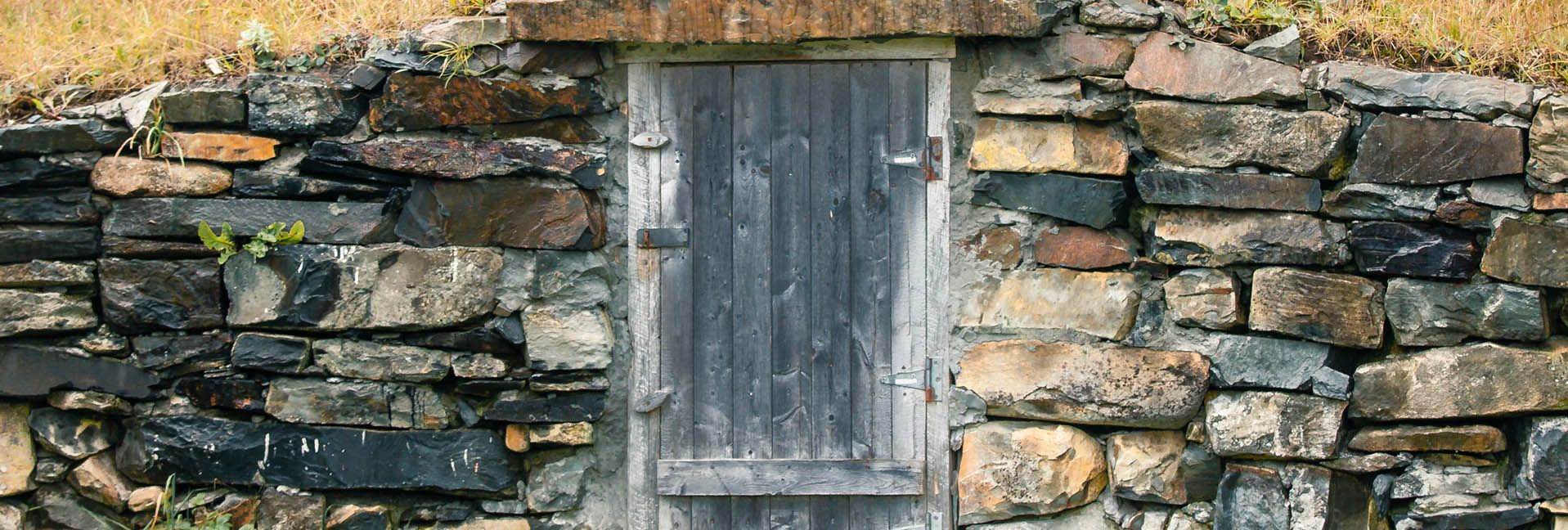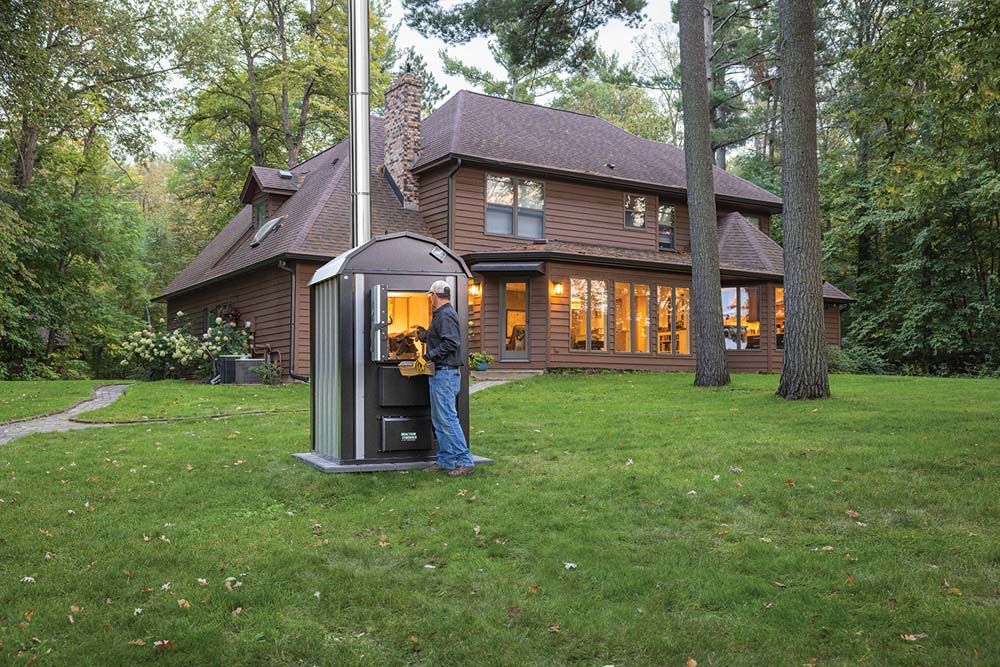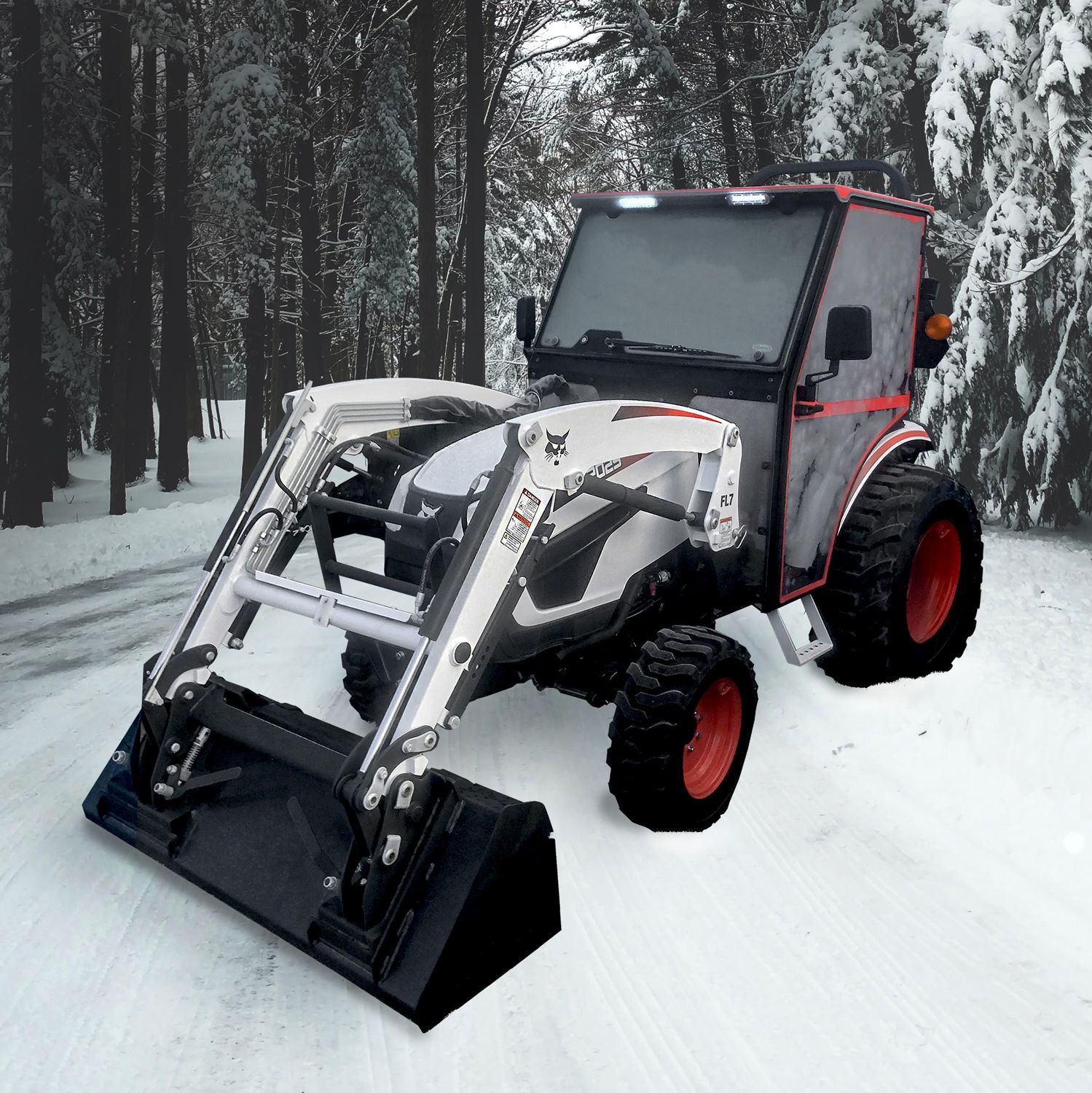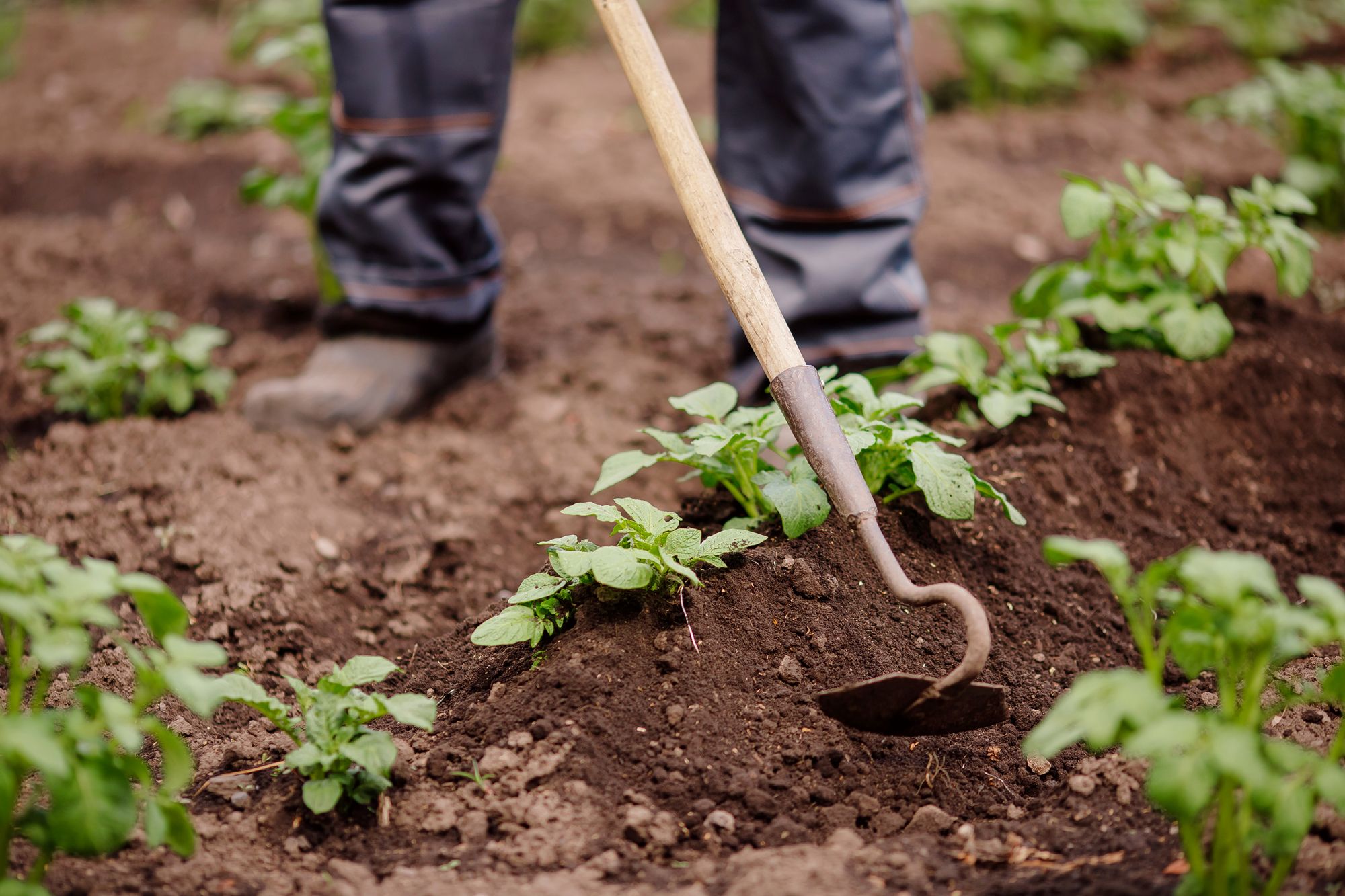Joys of the Root Cellar - Preserving foods the old-fashioned way


Do you remember the day of the root cellar?
A root cellar is a structure, usually underground or partially underground, used for storage of vegetables, fruits, nuts, or other foods. Its name reflects the traditional focus on root crops stored in an underground cellar, which is still often true. A wide variety of foods can potentially be stored—for weeks to months—depending on the crop and the conditions, but the structure may not always be underground.
Root cellaring has been vitally important for generations for winter food supply. Although present-day food distribution systems and refrigeration have rendered root cellars unnecessary for many people, they remain important for those who value self-sufficiency, whether by economic necessity or by choice, and for personal satisfaction.
We can extend the production and harvest season through many production practices such as utilizing hoop structures and row covers. Root cellars help with preservation after harvest.
My family is fortunate in that we have a very old homestead that features a cellar under a portion of our home. Over the years we have stored many fruits and vegetables that we have grown in our gardens and orchard.
Storing considerations
If you have the desire to store vegetables and fruit for later, the first thing to keep in mind is careful handling. Most fruits and vegetables are easily bruised if not handled carefully. Set aside any nicked or otherwise imperfect produce to use up first. Remember that not all fruit and vegetables are created equal for storage. Tomatoes, for example, are best frozen or canned for later use.
Another important consideration is that vegetables and fruit at peak maturity will store better than underdeveloped or over-ripe ones. Most experienced users recommend waiting to harvest as long as possible, keeping in mind that you want to protect quality of produce. Most root crops can be kept in the ground even longer if the area is pest-free. Utilizing mulch can keep root crops in the ground even into minimum freezing temperatures.
If cellaring is something you want to continue I recommend doing some research and find varieties that store better.
Cool as a…
What you might not realize is that many vegetables prefer to be stored at 32°F. to 38°F. The exception would be for such things as winter squash, sweet potato, late season potato, and pumpkin. Humidity is also important to the success of winter storage. Many fruit and vegetables like the humidity at 90 percent or so.
Several vegetables benefit from post-harvest curing. Curing helps thicken the skin, reducing moisture loss and provides for better protection against insects and microbial invasion. Curing is generally accomplished at an elevated storage temperature and high humidity. An enclosed home storage area with a space heater can provide the conditions needed for proper curing of some crops.
Following are some recommendations for handling some specific fruits and vegetables.
Potatoes: Late crop potatoes are best for long-term storage. After harvest, cure late potatoes by storing them in moist air for 1 to 2 weeks at 60 to 75°F. Lightly cover during curing to help retain moisture. After curing, lower the storage temperature to about 40 to 45°F., ideally in a cool, dark basement or cellar. Do not wash potatoes before they are put into storage and avoid chilling below 40°F. Storing potatoes in the dark helps prevent greening.
Onions: Harvest onions when the tops have fallen over and begun to dry. Cure onions after harvesting by spreading them in a single layer on screens in the shade or in a well-ventilated garage for one two weeks or until the tops are completely dry and shriveled. Trim tops back to one inch and store onions in mesh bags or hang in old nylons in a cold, dry well-ventilated room.
Garlic: Harvest garlic in mid-summer when the plant still retains 5 green leaves. Cure garlic in a warm, dry place with good air circulation for one month before cutting the tops and roots back. Hardneck garlic will store between 3-9 months while softneck garlic will store for 6-12 months or more.
Pumpkins and winter squash: Harvest mature fruit with hard rinds just before frost. Leave the stem on when cutting from the plants to prevent decay. Cure for 10 days at 80 to 85°F. The one exception is acorn squash: store at 45°F after harvest. (Curing acorn squash will lead to stringiness.)
Apples: Late maturing apples are best suited for storage. Store in baskets or boxes lined with plastic or foil to help retain moisture. Always sort apples carefully and avoid bruising them. Store apples as close to 32°F as possible (30 to 32°F is ideal). Because apples give off a gas called ethylene that will hasten the ripening of other fruit, store apples separately from other crops if possible. Apples can be wrapped in paper to retard the release of ethylene gas.
Pears: For good flavor and texture, ripen pears after harvest. Pick pears when they are fully mature, firm in texture and light green in color. Ripen pears by placing them in a room at 60 to 65°F. for one to three weeks. Once pears are ripe and the fruit is soft and a yellow-green color, transfer to the refrigerator and store at 29 to 32°F. and 90% humidity. Pears can be wrapped in paper to retard the release of ethylene gas.
Avoiding rookie mistakes
The length of time that fruits and vegetables keep well in root cellars depends on several factors:
• Early or late crops (late-maturing crops store better)
• Storage conditions (less-than-ideal conditions shorten storage life)
• Fruit and vegetable condition at storage time (proper curing of damage-free produce results in longer storage life).
Vegetables and fruits should not be stored together even though temperatures and moisture requirements are similar. As fruits such as apples and pears ripen, they give off ethylene gas which decreases the storage life of vegetables. This is especially evident with potatoes which sprout early if stored near certain fruits. Also, the odor of strong smelling vegetables, like turnips and cabbage, can be absorbed by fruits and other vegetables. Store them away from other food and where the odor cannot drift into the house.
Tags:Weekend Farmer

Acreage Life is part of the Catalyst Communications Network publication family.















